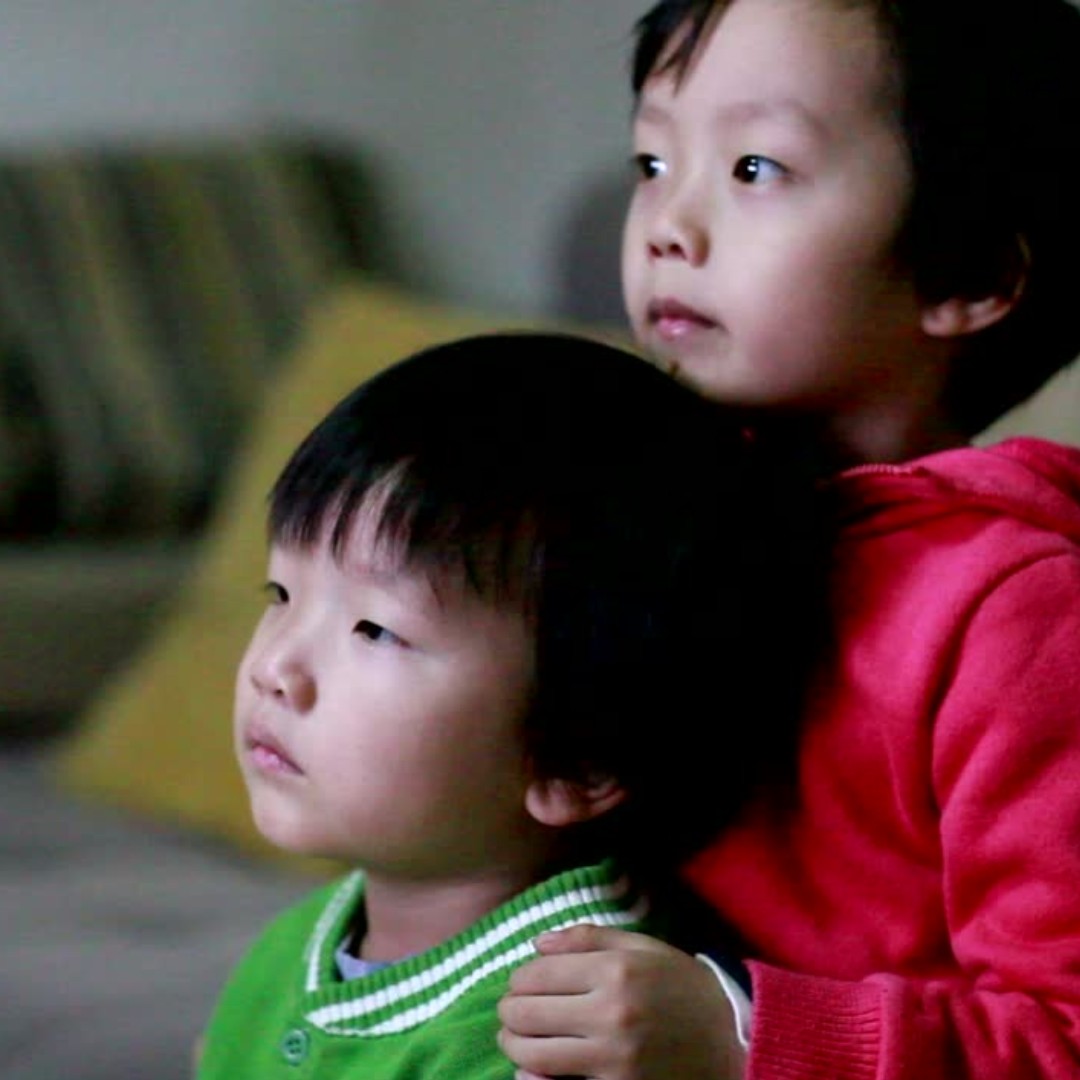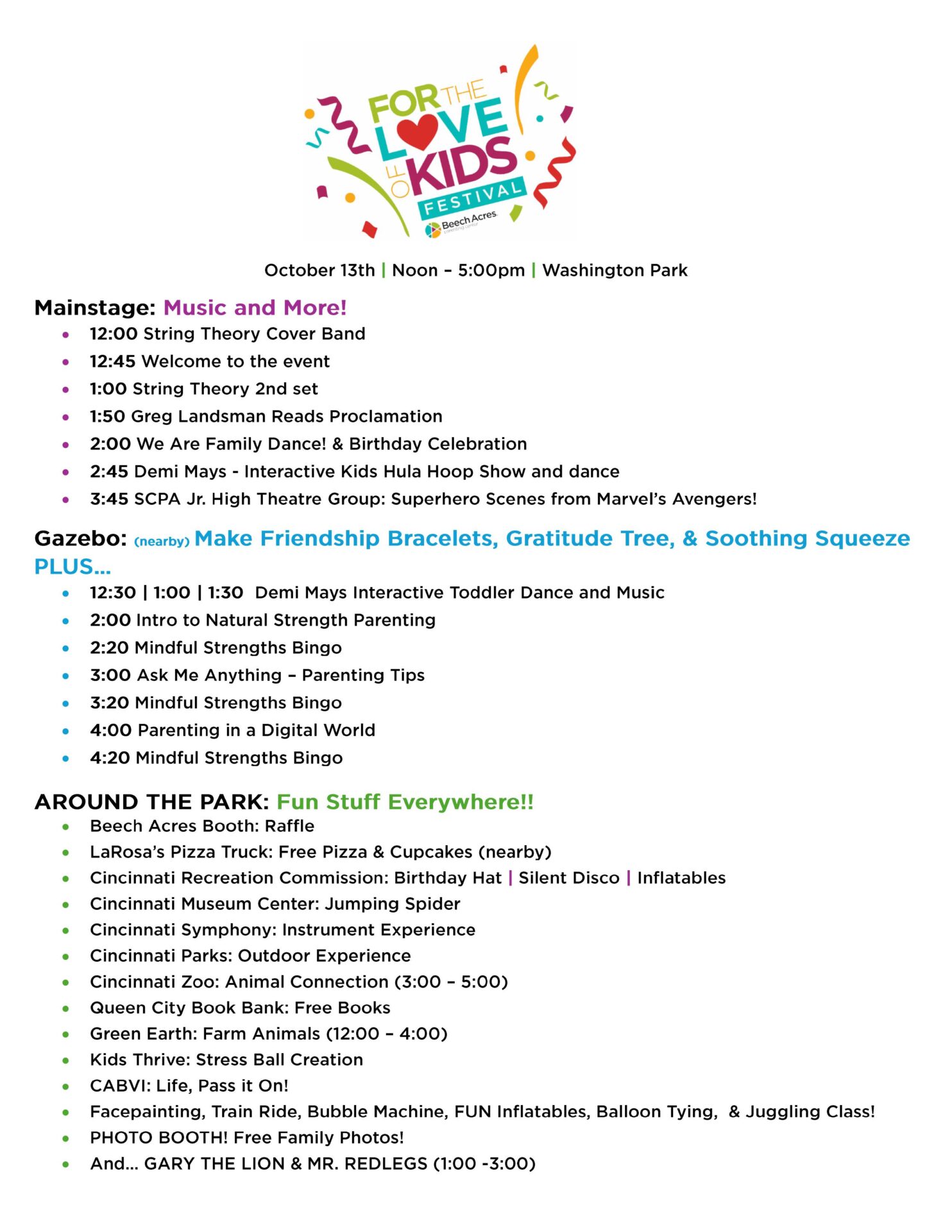Intentionally Preparing Your Child for Shots at the Doctor’s Office

Intentionally Preparing Your Child for Shots at the Doctor’s Office
Going to the doctor can be stressful for your children. Especially when a scheduled or seasonal shot is part of the visit! Here are some tips to make your visit go a little easier.
Prepare your child: Let your child know before you go what the plan is. Most parents are afraid if they share with their child about the shot, the child will have a meltdown and not go. Keep in mind, it is better for the child to go through normal emotions at home instead of in the office where the pressure is high. Calmly explain what will happen and what options your child has (do you want to watch or look away, would you like to sit on my lap or on the table, do you want them to count or just do it). Show what will happen with a stuffed animal or doll at home. If you have alcohol wipes, a syringe, and a band-aid, you can walk your child through the steps and let him play it out as well. Explain that first the nurse will clean the area and it might feel a little cool, then the nurse will give the shot, then when you get the band-aid it’s all done. Clean, shot, band-aid, done! Ask your child what will help him during the shot (see questions above), then talk about what you will do after the appointment (get a sticker, go to the park, etc). Empathize with your child and let her know you wish it was a choice to get the shot, but it’s important to get the shot to help keep us healthy. It is a choice how you get shot and provide choices for after the appointment. This can be as simple as picking out a sticker at the office, going to the park, or doing something else your child might enjoy if possible. If you can’t do something right after the appointment, let your child know when it will happen, like after work/school.
Stay calm: You may be nervous or anxious yourself, especially if you have had a negative experience for yourself or with your child. Try mindfulness or this STOP activity to work on calming yourself first. Children are a thermometer and can feed off their adult caregiver’s stress. Staying calm can help your child stay calm. Practice breathing with your child as well.
For older kids, you can work on strategies at home that will help with anxiety and fear. Would he like to squeeze a stress ball (or your hand) during, does he want to watch, would he like to listen to music. Practice mindful breathing (see STOP activity) and talk about how it can help calm the body so it makes the shot easier. You can also put a cold pack on the other arm or leg at the same time as the shot. The brain can’t process pain and cold at the same time, so it can help alleviate some of the fear of the pain. Some offices may have the buzzy to try as well: Tell her it’s her job to let you know how it felt when it is over and if the cold pack helped.
Comfort positioning: Depending on the age of the child, you can advocate for a comfortable position during the shot. For infants, you can swaddle with just the leg out, which can be calming, or breastfeed, feed, or give the pacifier during the shot. For toddlers/preschool age, you can have the child sit on your lap facing you and hug her to help keep her still. If your medical practice does not like the child sitting on an adult’s lap, you can get on the table and sit behind your child with her legs on the table and cross her arms in front of her while gently hugging. Remind her of her choices (which leg/arm, if she wants to watch or look away, and if she wants the nurse to count or not). Remind her it’s clean, poke, band-aid then all done, then discuss what you are doing after (get a sticker, go get a treat, etc).
Distraction: Some kids benefit from distraction during the procedure, you can bring bubbles and ask if she wants to blow them (helps with breathing) or have you blow them, or bring a stuffed animal that can get the shot first that she can then hug and talk to during. You can also show a video or sing a song. Some offices may have the buzzy that helps block sharp pain and provides a distraction that you can request.
Play: Let the child play it out when you get home. Give your child the opportunity to play with the medical supplies when he gets home after your appointment. The play helps him work through getting the shot and provides a sense of control over a situation he had no control over.





